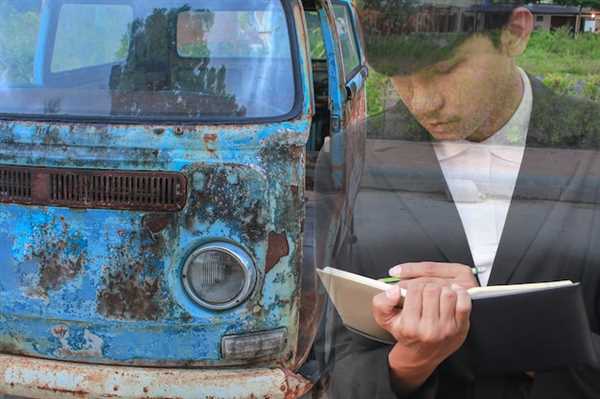
Before proceeding with the transportation of damaged automobiles, ensure that you have thoroughly researched the legal requirements in your destination country. Specific criteria related to documentation, environmental impact assessments, and safety measures must be met to facilitate a smooth process.
When preparing the necessary paperwork, include an accurate valuation and detailed description. This will help in satisfying the local authorities and can prevent potential delays. Additionally, investigate if any taxes or fees are applicable, as this can significantly affect overall costs.
Another recommendation involves checking the restrictions or bans on certain types of damaged automobiles. Different regions have various rules regarding the import of these vehicles, specifically in relation to their condition and compliance with local laws. Be proactive in obtaining this information to streamline the process and avoid complications.
Understanding the Documentation Requirements for Exporting Salvage Vehicles

Obtain a bill of sale to confirm ownership of the auto, including details like vehicle identification number (VIN) and transaction date. This document is crucial for most jurisdictions.
Secure a title certificate that verifies the vehicle’s registration status. If the auto is deemed a total loss, ensure the title indicates this, as it may be necessary for some ports.
Gather any required inspection reports. Different regions may mandate proof of safety compliance or environmental regulations, particularly for vehicles that have undergone significant modifications or repairs.
Prepare an export declaration. This document often details the nature of the vehicle, its intended destination, and compliance with local laws regarding resale.
Review any specific guidelines from the destination country. Certain nations have stringent entry requirements and may request additional paperwork such as emissions certificates or export permits.
Consult with your shipping company about any additional documentation they might need, which can vary based on the transport method and destination.
Keep all paperwork organized and readily accessible to avoid delays during the clearance process. Ensure that copies of all documents accompany the vehicle during transit.
Be aware of potential fees associated with document processing and compliance checks. Budget accordingly to prevent unexpected costs that could arise during shipment.
Navigating Tariffs and Duties for Salvage Vehicle Exports
Prepare all necessary documentation before initiating the transaction, including titles and bills of sale. Accurate classification of the unit within tariff codes will significantly influence the cost incurred during the shipping process. Engage a customs broker who specializes in damaged units to safeguard compliance with all pertinent legislation.
Monitor applicable tariffs, as they vary by destination country and can impact overall expenses. Be aware that damaged units may attract different duty rates compared to fully operational ones. Research specific exemptions or reductions that may apply based on the unit’s condition or age.
Consider taxes that may apply on arrival, which can differ greatly across jurisdictions. Ensure that proper valuations are declared to avoid disputes with authorities upon arrival. Communicate clearly with receiving parties about their responsibilities concerning any potential fees, which will facilitate smoother transactions.
Keep abreast of relevant updates in policies that could affect future shipments. Documentation should reflect realistic expectations about the unit’s condition to minimize potential delays and complications. Regular consultation with experts in the field can provide timely insights into changes influencing costs and requirements.
Compliance with Safety and Environmental Standards for Exported Salvage Vehicles

Ensure that all wrecked automobiles meet stringent safety criteria before leaving your jurisdiction. Conduct a thorough inspection to confirm adherence to the mandated safety features, such as functional airbags, seatbelts, and braking systems. Address any deficiencies proactively to avoid penalties.
Verify that environmental requirements are met, particularly regarding emission controls and fluid containment. Draining all hazardous fluids and properly recycling materials can prevent environmental hazards during transit. Documentation proving compliance with these standards is essential for a smooth process.
Familiarize yourself with the specific criteria of the destination market. Requirements may vary significantly across borders; each country may have distinct norms concerning safety and environmental impact. Consult the local authorities or an expert familiar with the particular import rules.
Retain all certifications and compliance reports. Having a complete record will facilitate inspections and streamline documentation processes at checkpoints. Transparency is key in demonstrating commitment to safety and sustainability.
Incorporate modifications as needed to meet safety and environmental standards. Upgrading certain components can enhance the vehicle’s marketability and ensure compliance with the latest requirements. Keep abreast of any changes in laws that could affect export operations.
